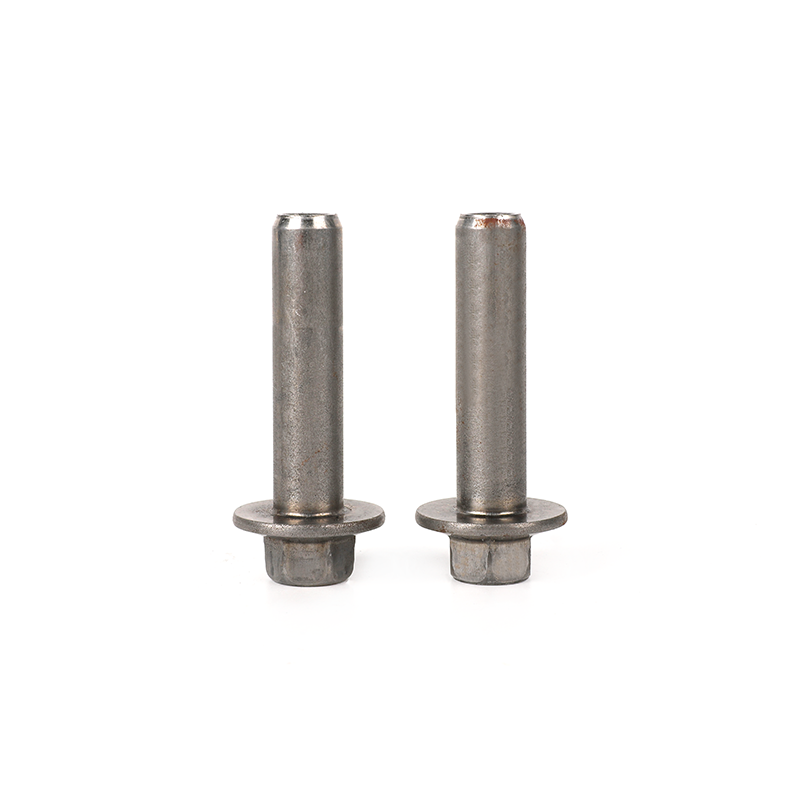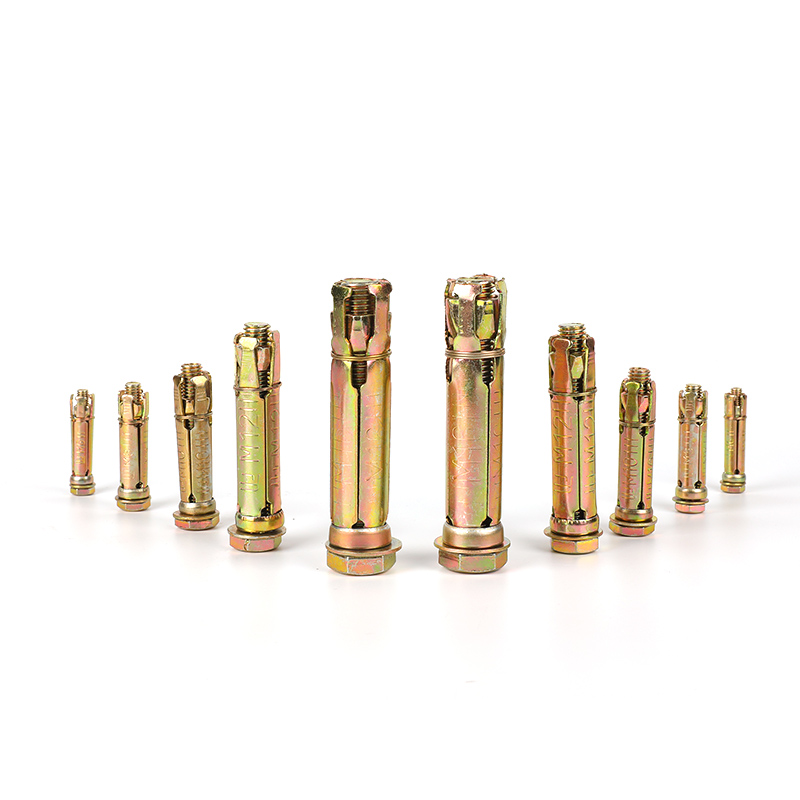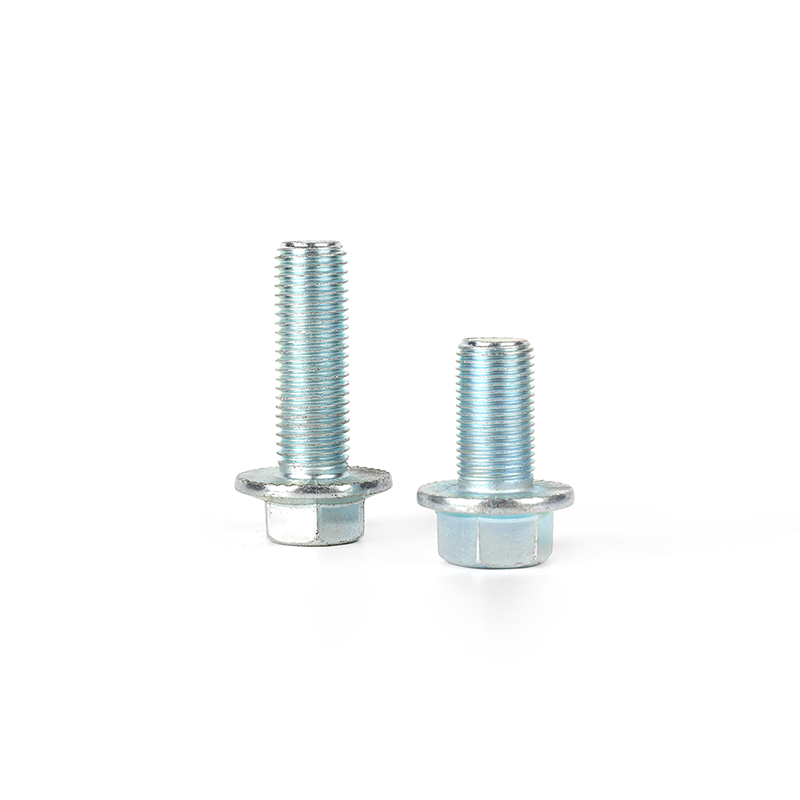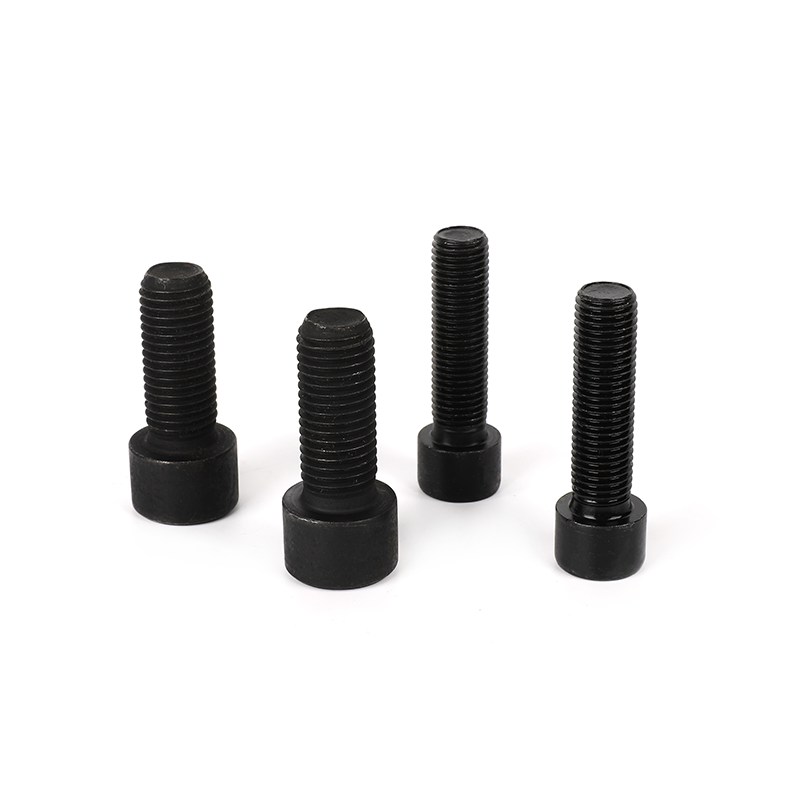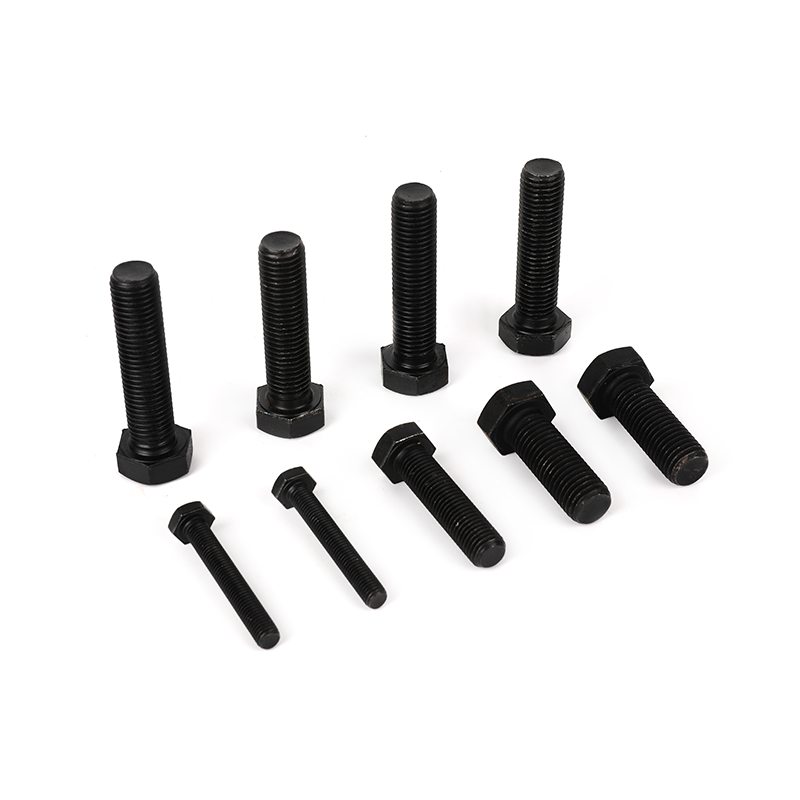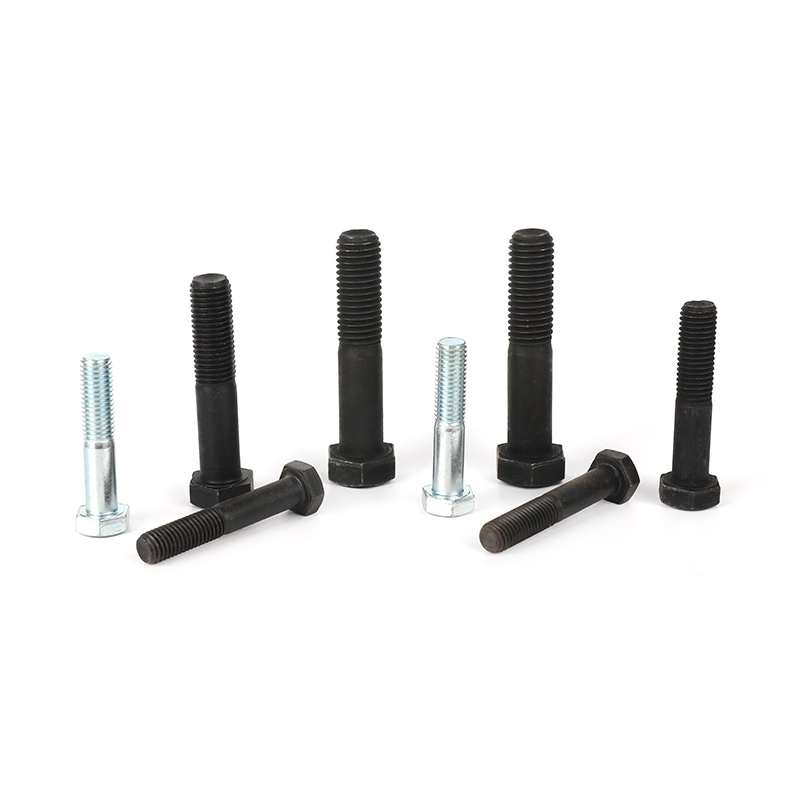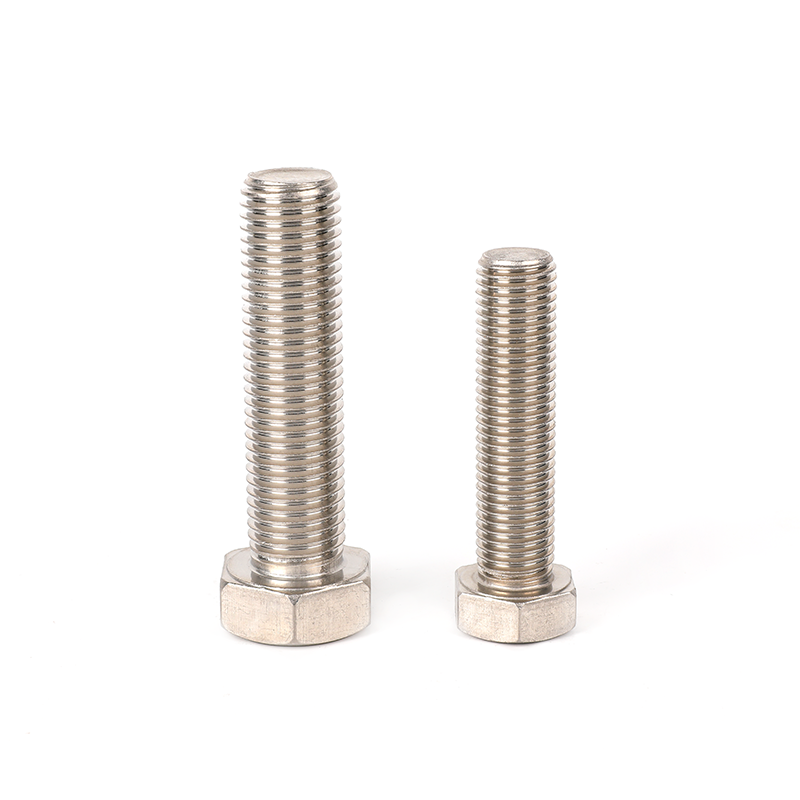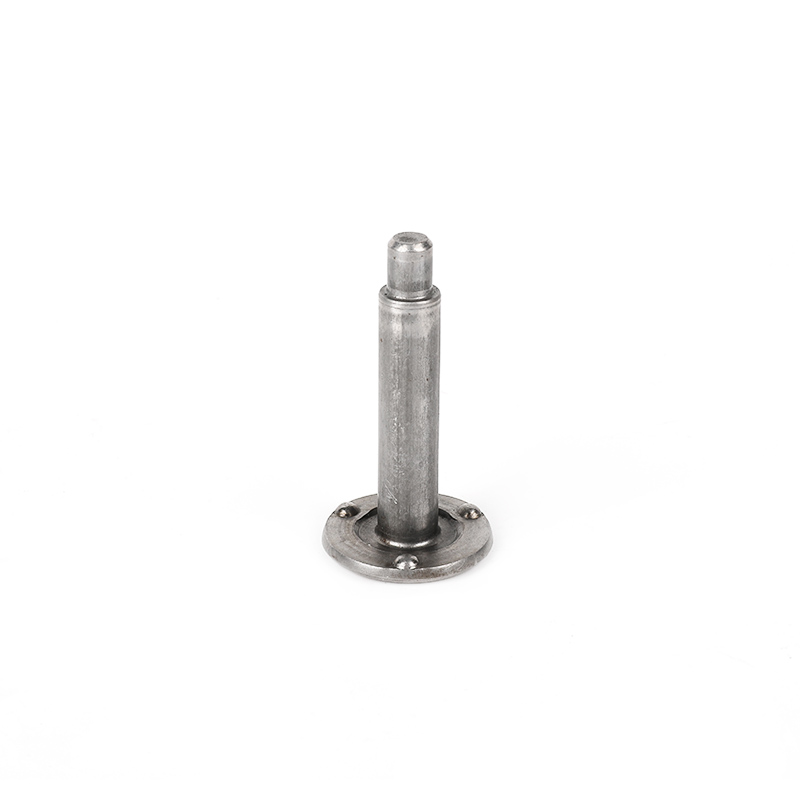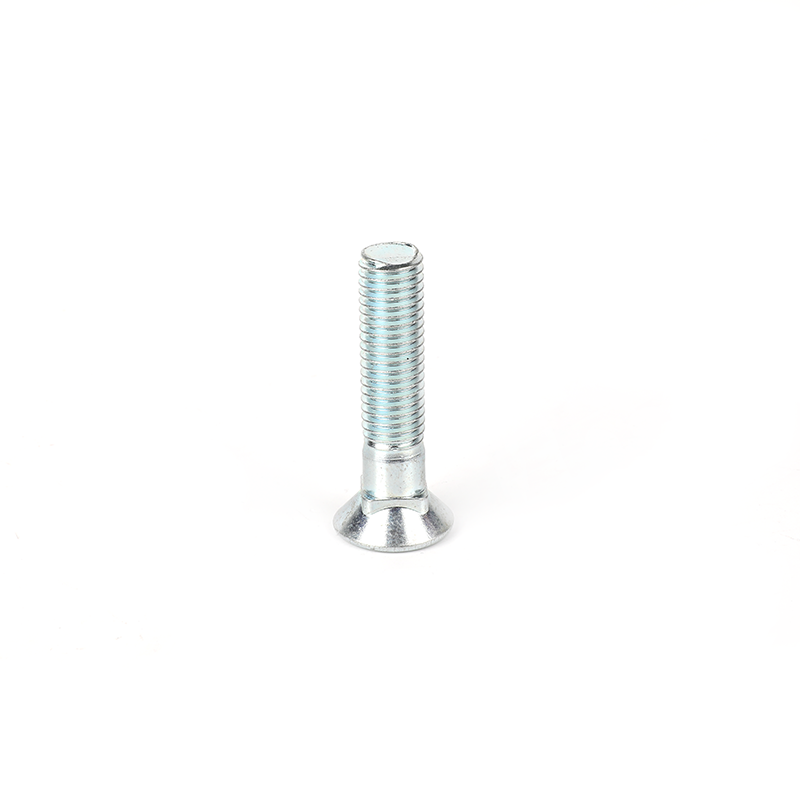Oil Pipe Screws are critical components used to connect, seal, and secure segments of oil and gas pipelines. Their primary function is to ensure a leak-proof, durable connection that can withstand high pressure, temperature changes, and corrosive environments. In oilfield operations, these screws are essential for maintaining the integrity of well tubing, casing, and pipeline systems. Precision in their design and manufacturing directly influences the safety and efficiency of drilling, transportation, and refining processes.
Understanding the Role of Oil Pipe Screws
Oil Pipe Screws act as fastening devices in threaded joints of pipes used in petroleum extraction, transportation, and refining. The thread design ensures mechanical grip while providing sealing performance to prevent fluid leakage. These screws are commonly used in conjunction with couplings, collars, and gaskets to create secure pipeline connections under extreme working conditions.
Core Functions
- Sealing: Prevents oil or gas leaks under high internal pressure.
- Connection: Joins two or more pipe sections safely and efficiently.
- Strength Support: Maintains mechanical stability under axial loads and vibration.
- Corrosion Resistance: Protects against rust and chemical degradation from oil and seawater exposure.
Materials Used in Oil Pipe Screws
The materials used for manufacturing Oil Pipe Screws are selected based on the operational environment and mechanical requirements. They must possess high tensile strength, fatigue resistance, and corrosion protection. Below is a breakdown of commonly used materials and their typical properties.
| Material Type | Properties | Typical Application |
|---|---|---|
| Carbon Steel | High strength, affordable, but limited corrosion resistance. | Used in land-based oil fields with mild conditions. |
| Alloy Steel | Enhanced hardness and wear resistance due to alloying elements like chromium and molybdenum. | Used in high-pressure or deep-well drilling operations. |
| Stainless Steel | Excellent corrosion resistance and high-temperature performance. | Suitable for offshore and marine pipelines. |
| Inconel and Nickel Alloys | Exceptional resistance to extreme heat and chemical corrosion. | Used in sour gas or high-sulfur oil environments. |
| Composite Coated Steel | Combines high strength with anti-rust coatings to extend lifespan. | Used in transitional zones where corrosion risk is moderate. |
Thread Standards and Types
Oil Pipe Screws feature various thread designs based on their application and compatibility with global standards. Proper thread selection is vital to achieve tight sealing and long-term joint performance. Threads may differ in shape, pitch, taper, and sealing method.
Common Thread Types
- API Threads (American Petroleum Institute): The most widely used standard, including API Round, Buttress, and Extreme Line threads. These are designed for casing, tubing, and line pipes.
- Premium Threads: Proprietary designs offering improved gas-tight seals and higher torque strength. Examples include VAM, TenarisHydril, and Hunting designs.
- Tapered Threads: Feature a conical profile to ensure sealing via metal-to-metal contact.
- Parallel Threads: Used where an additional sealing element like an O-ring or thread compound is applied.
Performance Characteristics of Oil Pipe Screws
High-performance Oil Pipe Screws are engineered to endure the mechanical and chemical stresses inherent in oilfield operations. Their design parameters are optimized for safety, durability, and ease of installation.
| Performance Aspect | Description |
|---|---|
| Mechanical Strength | Capable of withstanding high tensile and compressive loads during drilling or pipeline operation. |
| Pressure Resistance | Designed for seamless sealing even under high internal or external pressure. |
| Fatigue Life | Tested for cyclic load endurance to prevent failure over time. |
| Temperature Stability | Performs reliably in both extremely high and sub-zero temperatures. |
| Corrosion Resistance | Resists degradation from oil, gas, saline water, and chemical agents. |
Applications of Oil Pipe Screws
Oil Pipe Screws are used across multiple stages of oil and gas operations, from exploration to distribution. Their reliability ensures that pipelines, drilling rigs, and refining systems operate smoothly without leakage or mechanical failure.
Typical Application Areas
- Oil Well Drilling: Used in casing and tubing connections to maintain well integrity.
- Pipeline Assembly: Secures transmission lines transporting crude oil and natural gas.
- Refining Equipment: Connects process piping and pressure vessels in refineries.
- Offshore Platforms: Provides secure joints for pipelines exposed to saltwater and high humidity.
- Maintenance Operations: Replaces or reinforces worn connections during periodic inspection.
Quality Control and Testing Standards
Because Oil Pipe Screws operate under demanding conditions, they must meet strict quality control measures and international standards. Testing ensures that each screw performs consistently and safely in critical applications.
Common Testing Procedures
- Tensile Testing: Verifies the ultimate load-bearing capacity before failure.
- Impact Testing: Measures the material’s toughness under sudden load changes.
- Hardness Testing: Ensures consistent mechanical strength and surface integrity.
- Thread Inspection: Uses precision gauges to confirm dimensional accuracy and fit.
- Non-Destructive Testing (NDT): Detects internal flaws using ultrasonic or magnetic particle inspection.
Installation and Maintenance Tips
Correct installation and regular maintenance of Oil Pipe Screws are essential for extending their service life and preventing system failures. Improper threading, overtightening, or lack of lubrication can cause cracks or leaks.
Installation Guidelines
- Clean the threads and remove debris before assembly.
- Apply a thread sealant or compound to prevent leakage and corrosion.
- Use torque-controlled tools to tighten screws to manufacturer specifications.
- Ensure alignment of pipes to avoid cross-threading or undue stress.
Maintenance Practices
- Inspect connections periodically for corrosion, wear, or thread damage.
- Replace damaged or deformed screws immediately to maintain seal integrity.
- Lubricate threads before reassembly to reduce friction and wear.
- Monitor for pressure drops, which can indicate leakage or joint failure.
Comparison: Oil Pipe Screws vs. Standard Industrial Screws
Although both serve as fastening elements, Oil Pipe Screws are specifically engineered for extreme environments, making them distinct from conventional fasteners.
| Feature | Oil Pipe Screws | Standard Screws |
|---|---|---|
| Material Strength | High-strength alloy or stainless steel | Medium-strength carbon steel |
| Thread Precision | Meets API or premium thread standards | General-purpose threading |
| Corrosion Resistance | Designed for chemical and saltwater exposure | Moderate resistance for dry environments |
| Operating Conditions | Extreme pressure, heat, and vibration | Standard industrial conditions |
| Cost | Higher due to precision engineering | Lower, suitable for general use |
Conclusion
Oil Pipe Screws are indispensable components in the oil and gas industry, ensuring safe, reliable, and leak-free pipeline operations. Engineered from high-strength materials and manufactured to precise standards, they play a vital role in maintaining operational efficiency and safety. Proper selection, installation, and maintenance not only enhance system longevity but also minimize downtime and repair costs. As the energy sector evolves toward more demanding environments, the quality and innovation behind oil pipe screws will continue to be central to the industry’s infrastructure integrity.
